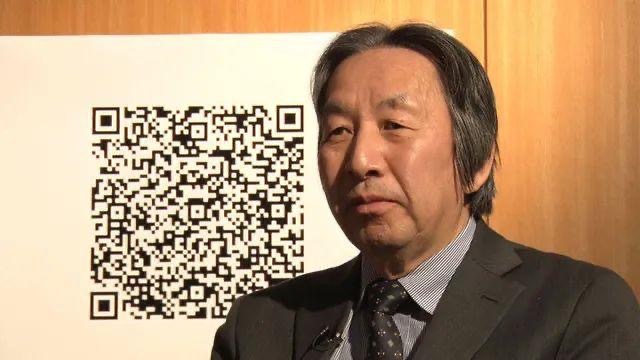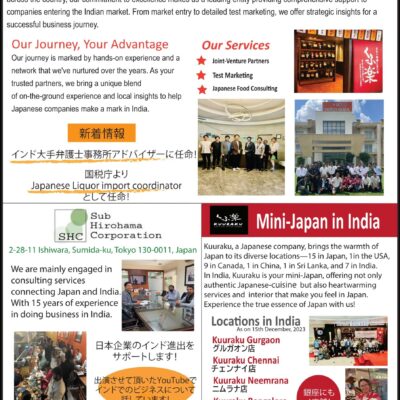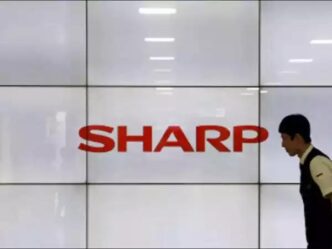In 1994, a quiet revolution began in a small research lab in Japan. Masahiro Hara, a Japanese engineer at Denso Wave, a Toyota subsidiary, invented the QR code—a simple black-and-white square that has transformed how we share and access information. From scanning restaurant menus to making contactless payments, QR codes are now everywhere, connecting the physical and digital worlds. As we celebrate the 30th anniversary of this game-changing invention in 2024, let’s explore Hara’s journey, the QR code’s impact, and why it remains a cornerstone of modern technology.
The Birth of the QR Code
Born in Tokyo in 1957, Masahiro Hara studied electrical engineering at Hosei University, graduating in 1980. He joined Denso, where he worked on barcode systems. By the early 1990s, traditional barcodes, which could only store about 20 characters, were slowing down Toyota’s manufacturing process. Factories needed a faster, more efficient way to track countless auto parts. In 1992, Hara was tasked with creating a new 2D barcode system that could hold more data and be scanned quickly. With just one teammate, he set out to solve this challenge.
Hara’s breakthrough came during a lunchtime game of Go, an ancient strategy board game. The black-and-white grid of Go pieces inspired him to design a two-dimensional code that could store data both horizontally and vertically. To ensure scanners could read it from any angle, Hara added unique position detection patterns—three squares in the corners with a 1:1:3:1:1 black-and-white ratio, found after analyzing countless printed materials to avoid common patterns. After two years of development, the Quick Response (QR) code was born in 1994, capable of storing up to 7,000 characters and being read 20 times faster than traditional barcodes.
A Global Phenomenon
Initially used in Toyota factories, the QR code’s potential was clear. Denso Wave chose not to enforce its patent, making the technology free for all—a decision that fueled its global adoption. By the 2000s, QR codes appeared on advertisements, products, and even betting slips in Japan. The rise of smartphones with built-in cameras in the 2010s made them a household tool, enabling users to scan codes for websites, payments, and more.
The COVID-19 pandemic cemented QR codes as essential. From contactless menus to digital health certificates, they enabled safe, efficient interactions. Today, over 2 billion daily payments in China alone rely on QR codes, and they’re used for everything from event ticketing to medical data storage. Hara, now in his late 60s, continues to innovate at Denso Wave, exploring colored QR codes that could store short videos or medical imaging like X-rays.
Hara’s Legacy and Vision
Hara’s invention earned him the 2014 European Inventor Award, and World QR Code Day is celebrated on August 21, honoring his birthdate. Reflecting on his creation, Hara is amazed by its widespread use, particularly in payments, which he never anticipated. He envisions a future where QR codes enhance healthcare, storing critical patient data for emergencies, even offline. His decision to keep QR codes open-source reflects his belief in technology’s power to benefit society.
At 67, Hara remains humble, joking that he can still decode QR codes with paper and pencil. His story is one of ingenuity and serendipity, proving that a simple idea can change the world. As QR codes continue to evolve, Hara’s legacy as the “father of the QR code” grows stronger.
FAQs
1. Who invented the QR code, and when?
Masahiro Hara, a Japanese engineer, invented the QR code in 1994 while working at Denso Wave to improve auto parts tracking.
2. Why are QR codes so widely used today?
Their ability to store large amounts of data, fast scanning, and open-source status have made QR codes versatile for payments, marketing, healthcare, and more.
















